The Taquari’s Agony
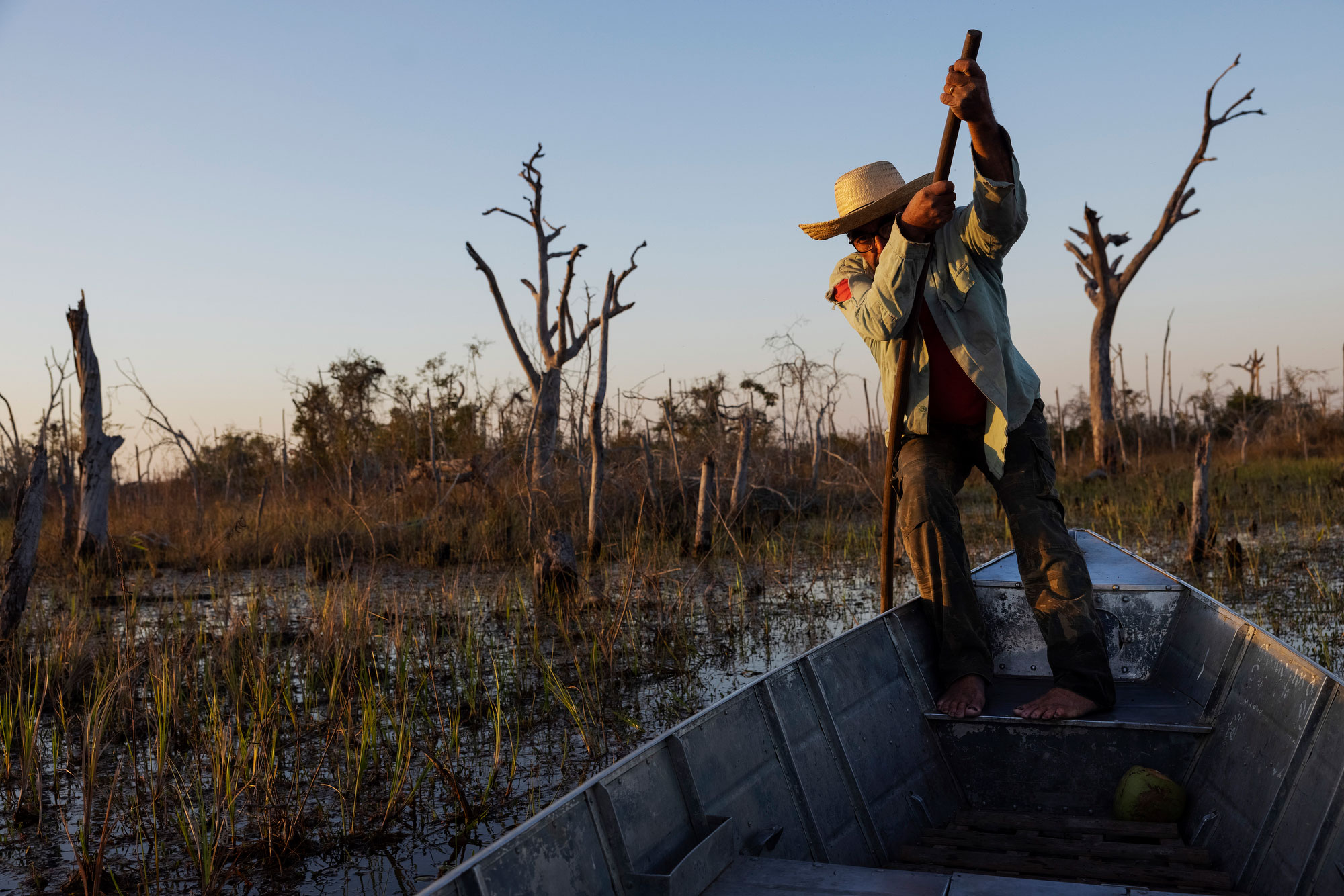
The Pantanal region of Brazil – the world’s largest tropical wetland – witnessed apocalyptic scenes in 2020. About a third of the biome was devastated by wildfires. Before the record destruction caused by fire last year, the Pantanal already suffered from other large-scale environmental disasters, all resulting from human action. In many aspects, what happened in 2020 was the result of a predatory and disorganized occupation of the Pantanal plains and especially its surroundings in the plateau, potentiated by a severe drought cycle that has already lasted three years. It was from the mid-1970s, with the encouragement of the military dictatorship, that this predominantly cerrado ( savanna ) region underwent intense agricultural occupation. The removal of the native vegetation accentuated the erosive processes on the plateau, silting up the rivers on the plain. This is the case of the Taquari, one of the main rivers forming the biome. With its original bed full of sediments, its waters began to seek other paths through the Pantanal, leaving an area of 450,000 hectares permanently submerged, one of the greatest environmental tragedies in the history of the biome.
One of the few who resist in this water desert is the farmer Ruivaldo Neri. His family settled in the region four generations ago. In the past, the family had a comfortable life as cattle raisers. With the flooding of the waters of the Taquari, and the end of the native pastures, his brothers left. Ruivaldo is fighting a lonely battle against the waters. On his own, he started to build a system of levees and over the course of 20 years he did 49 of them. As a result, the dry area has increased from 1 hectare, where his house is located, to 300 hectares.
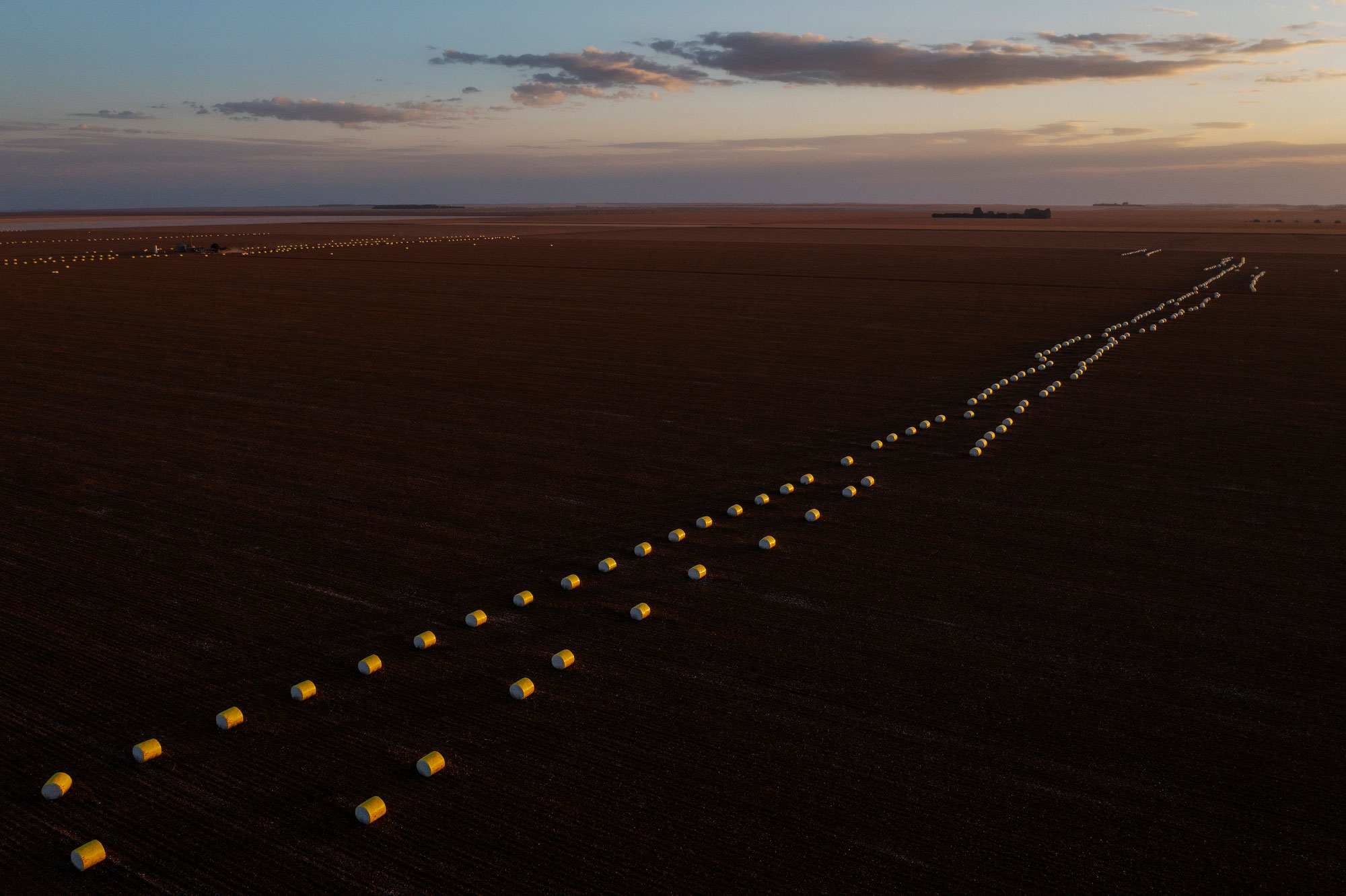
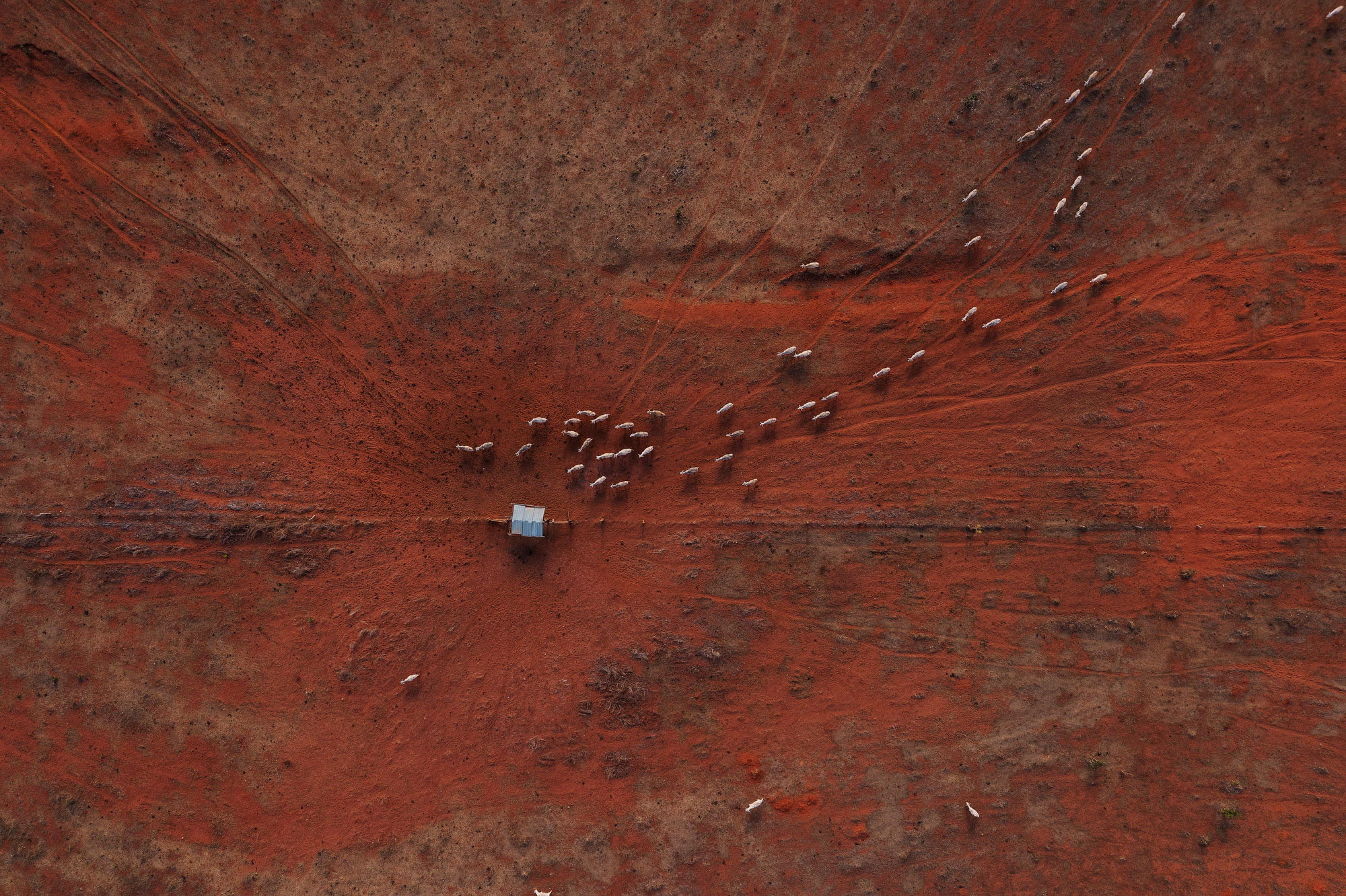


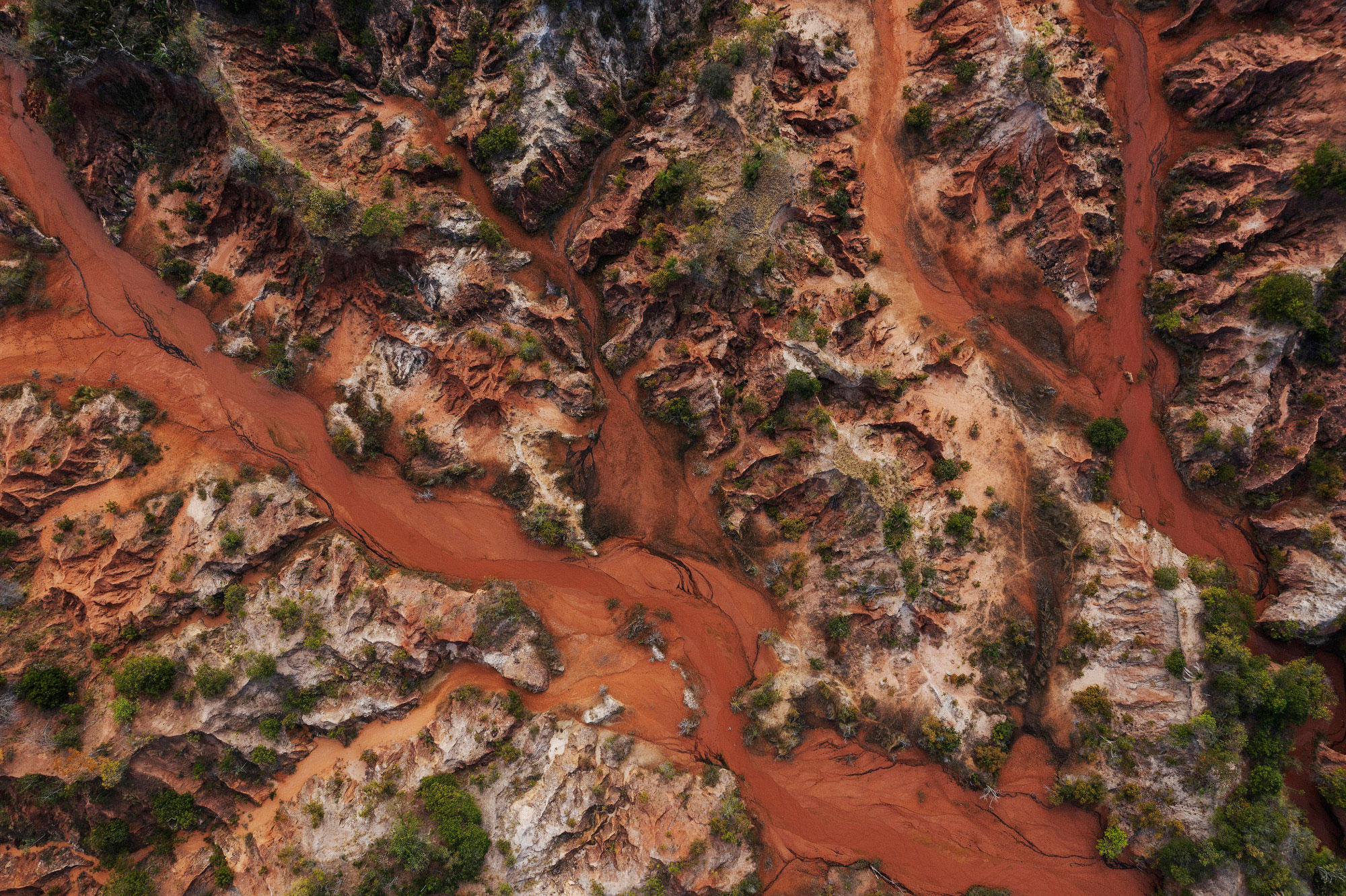

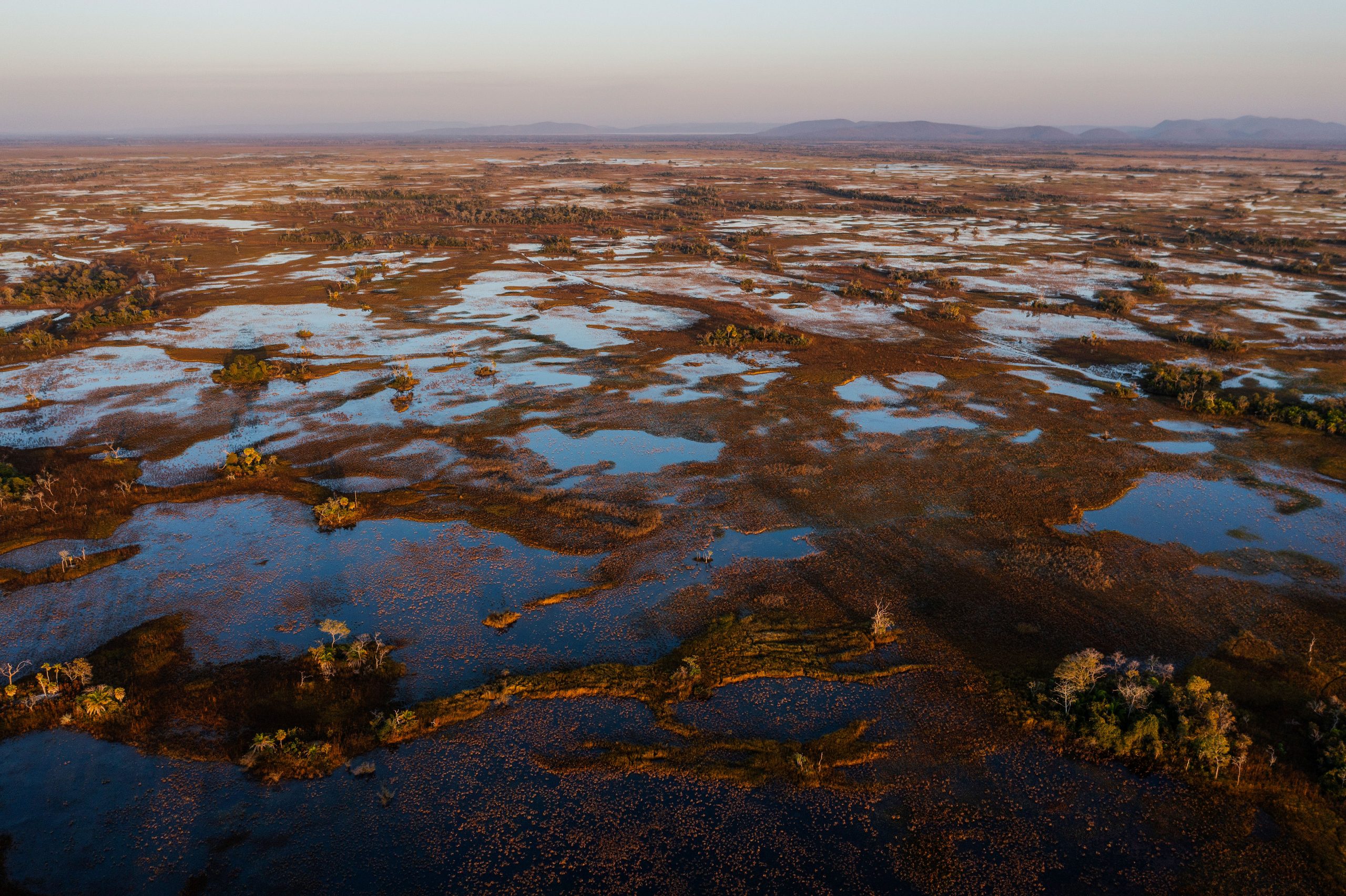
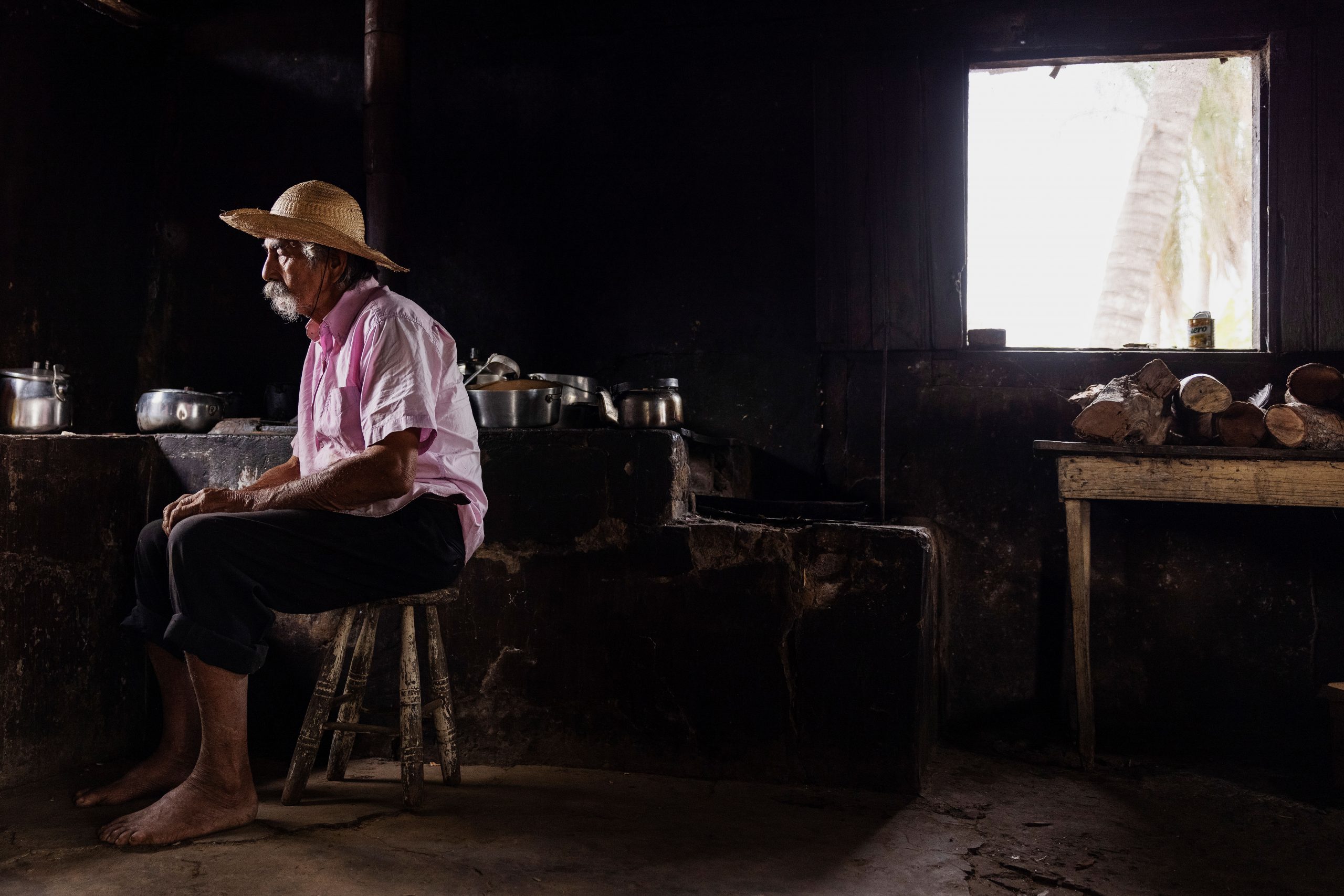
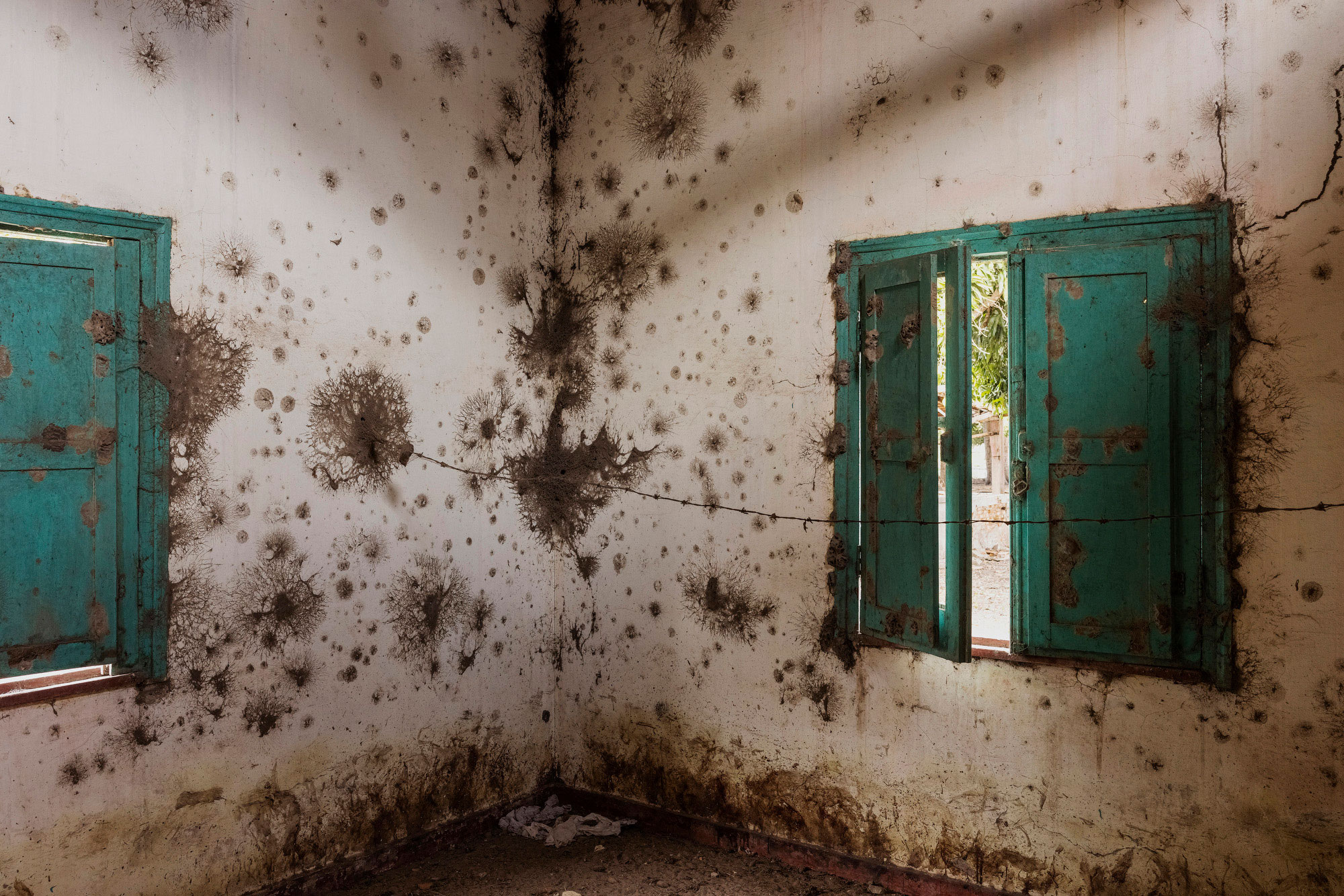
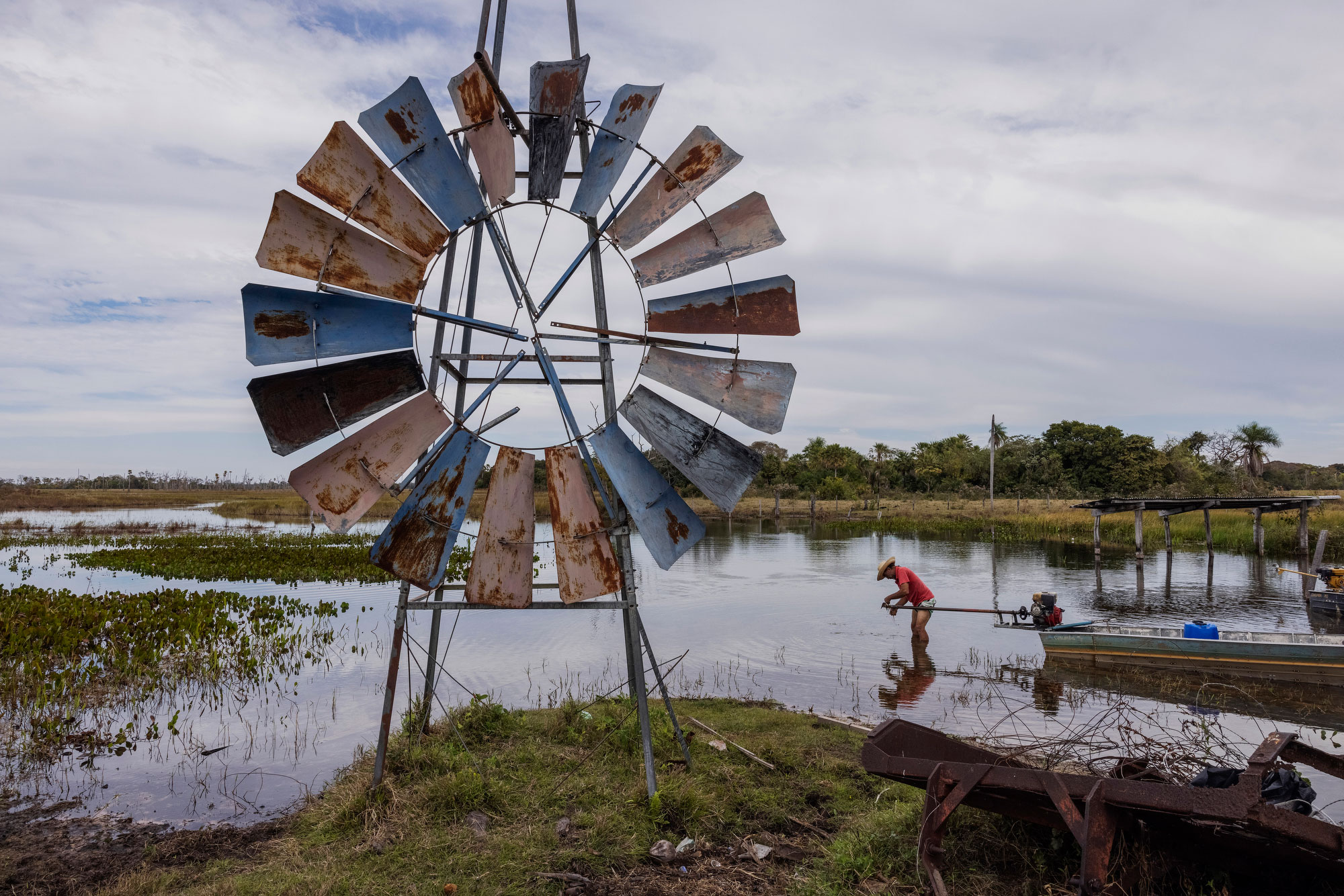
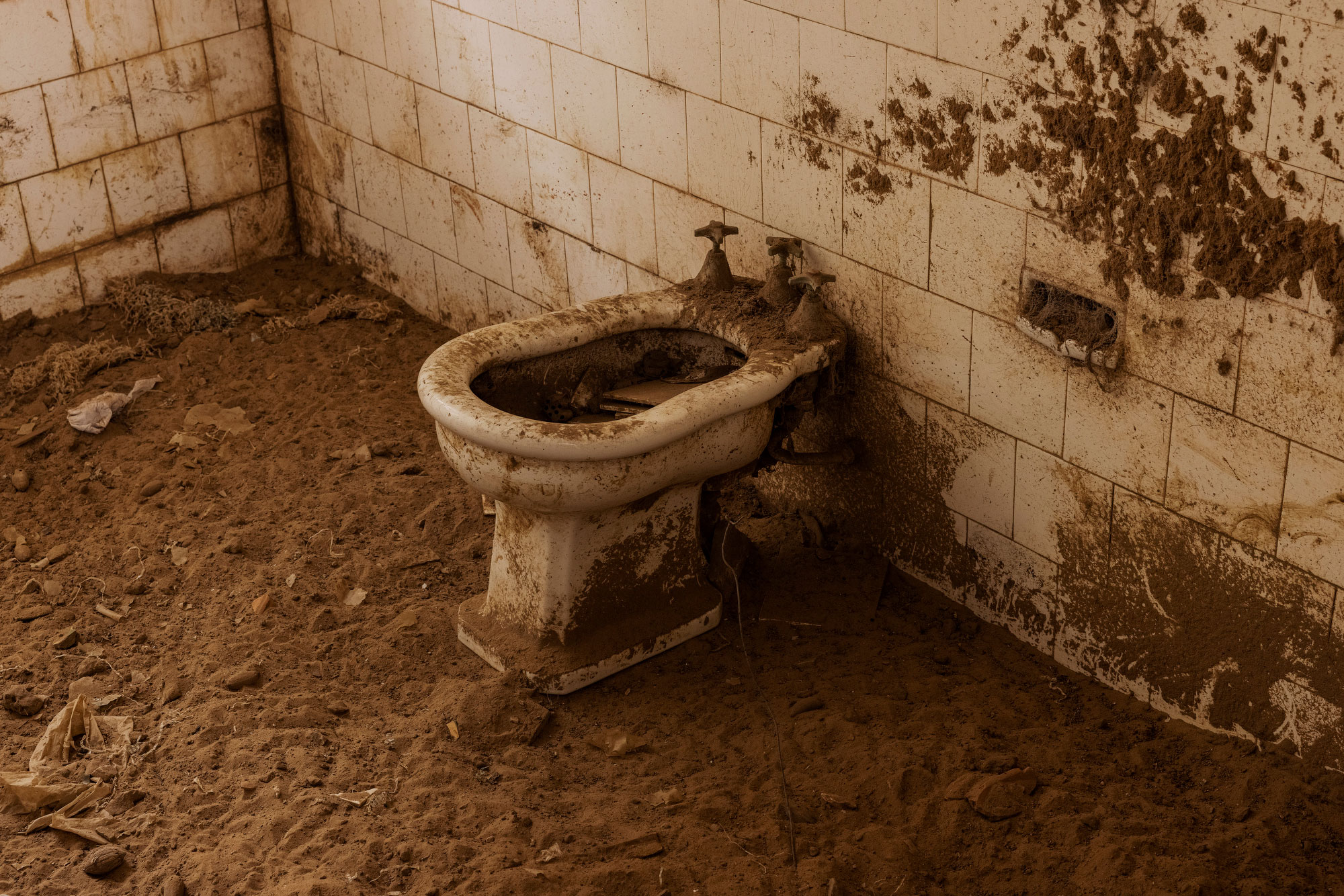
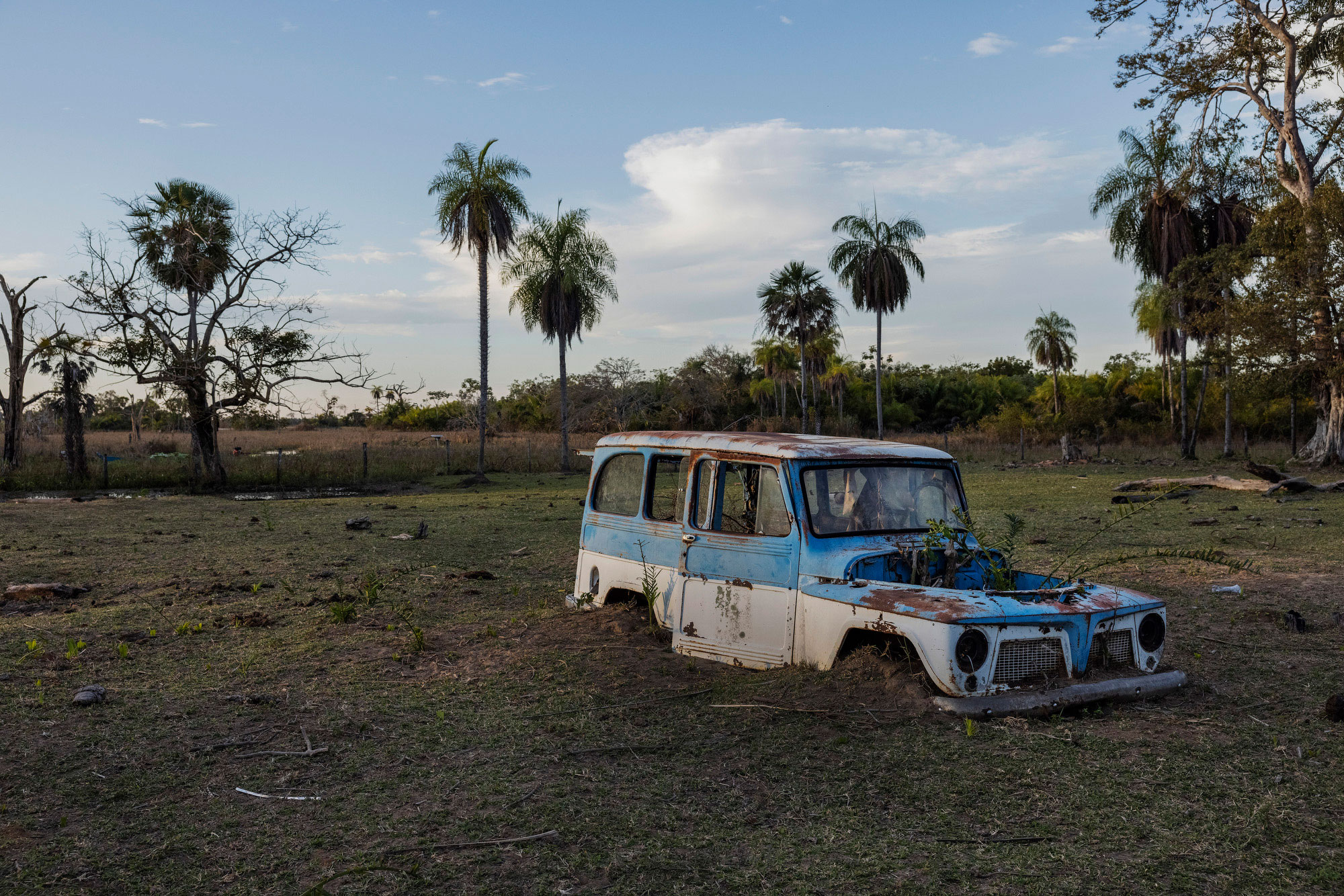
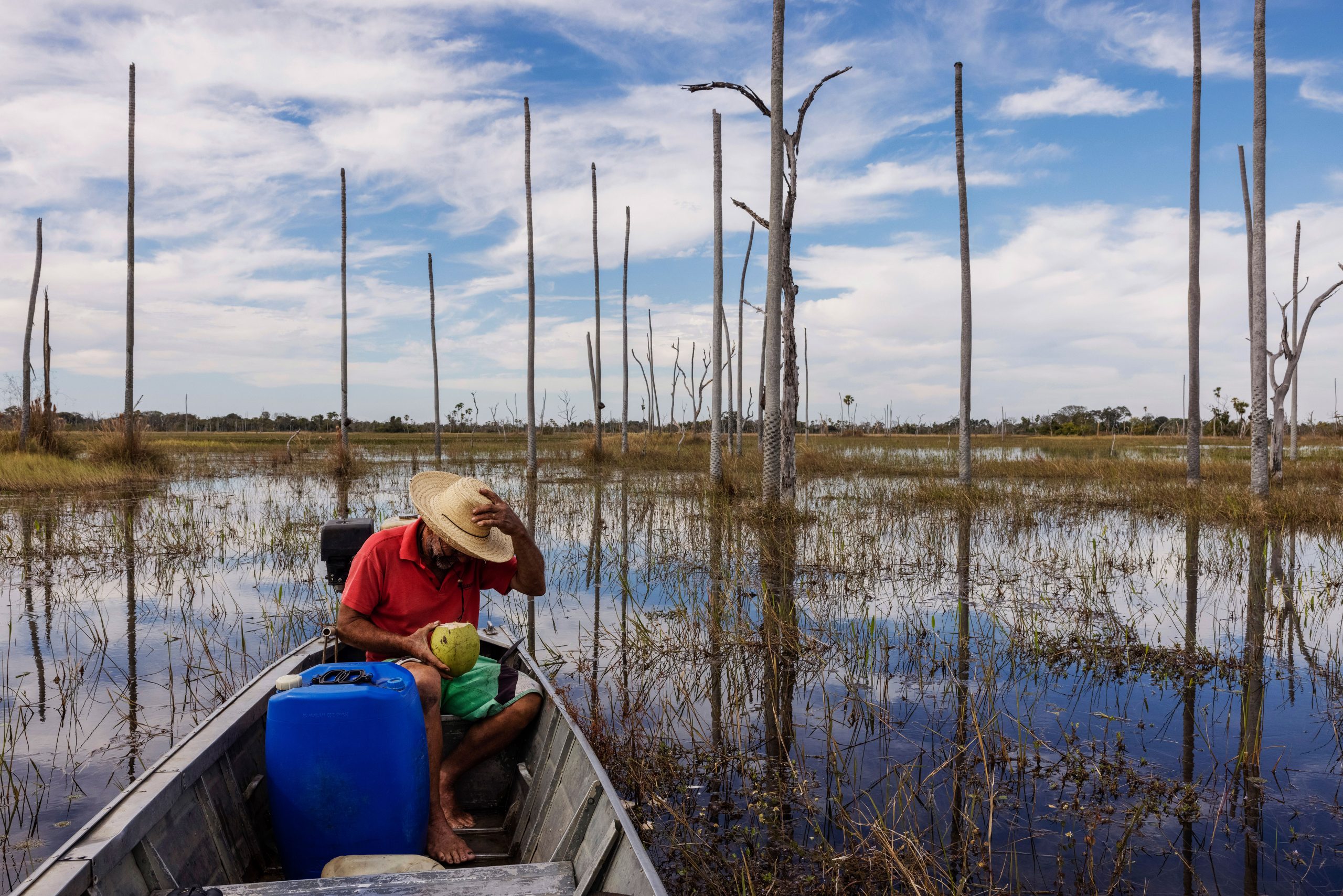
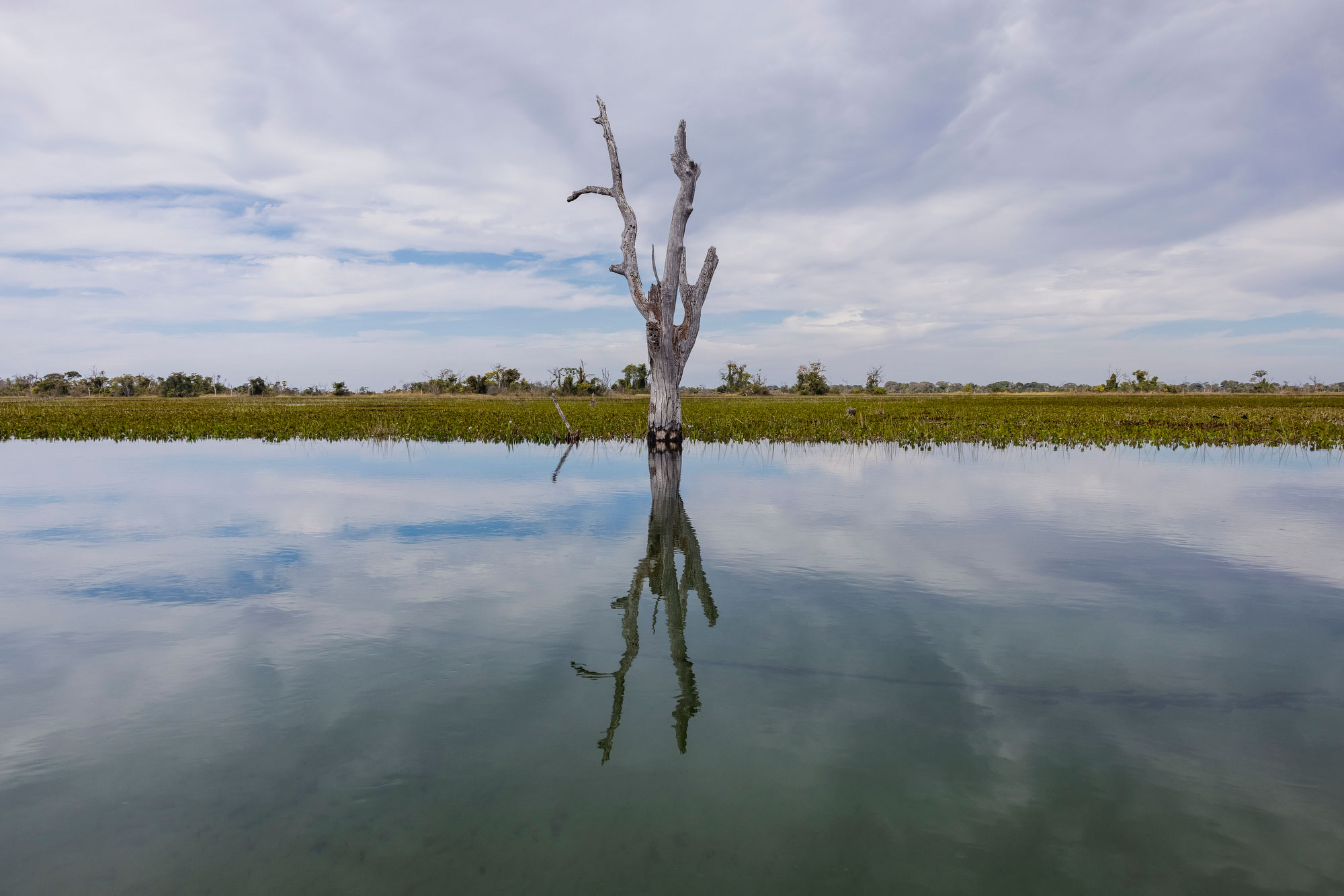
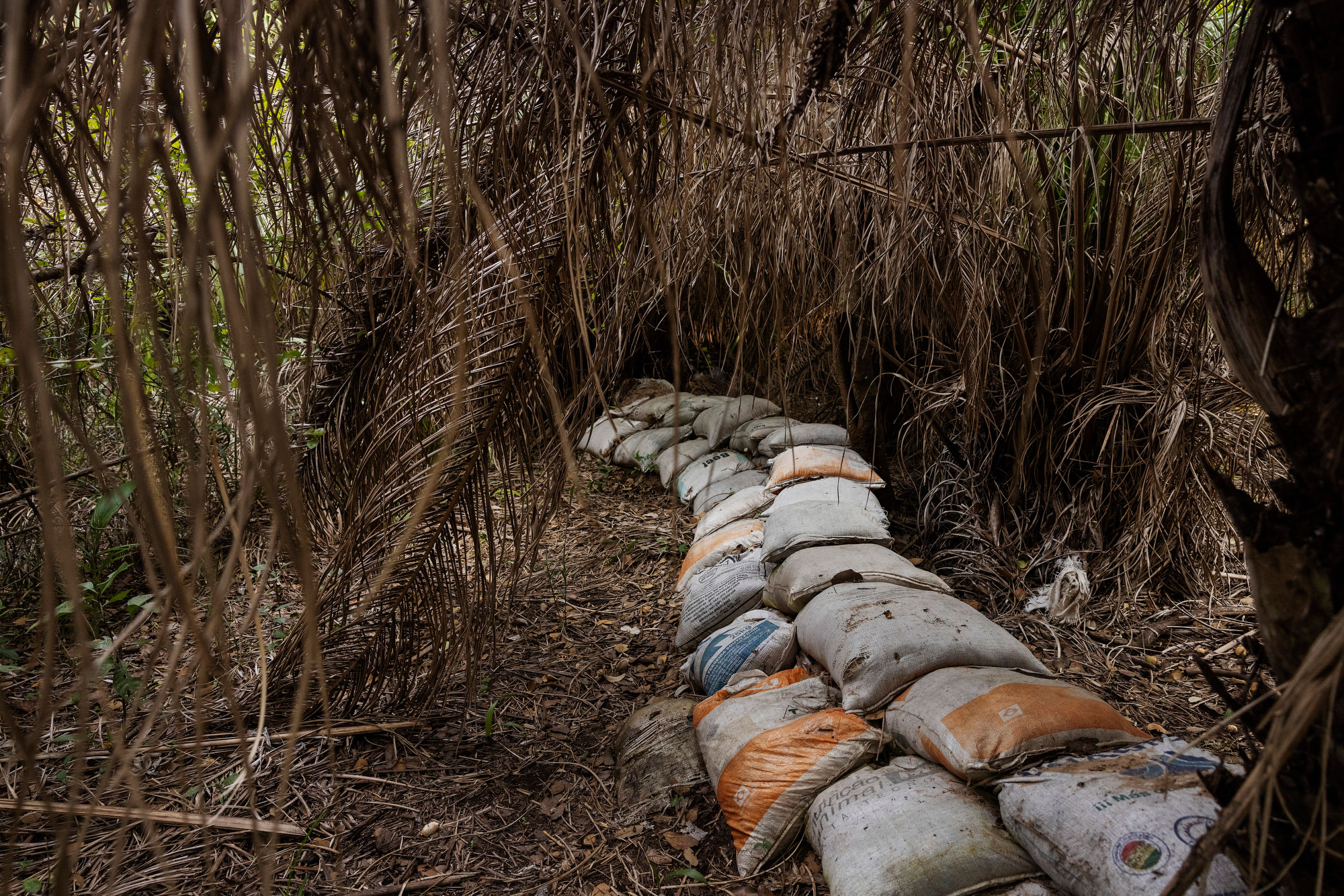
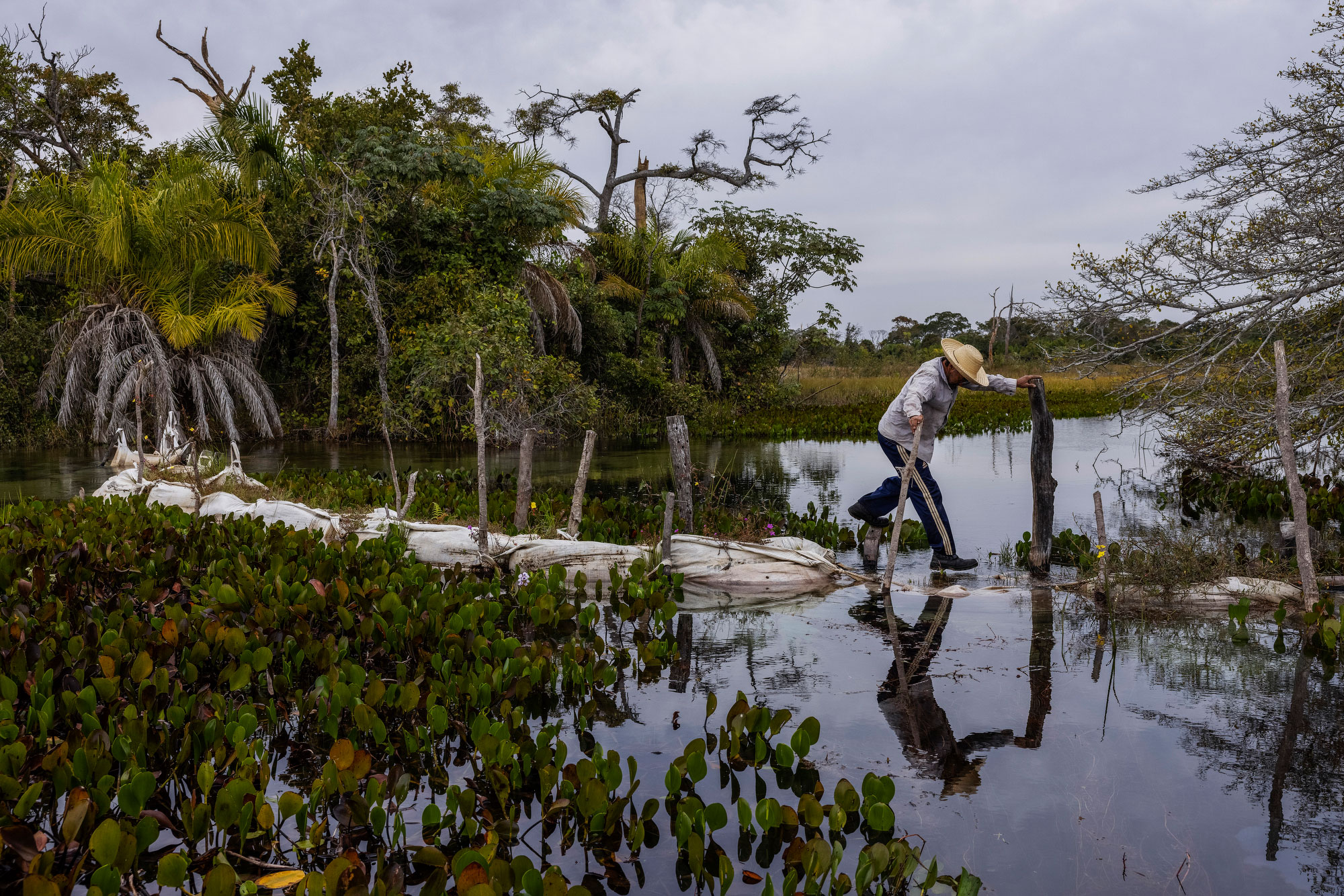

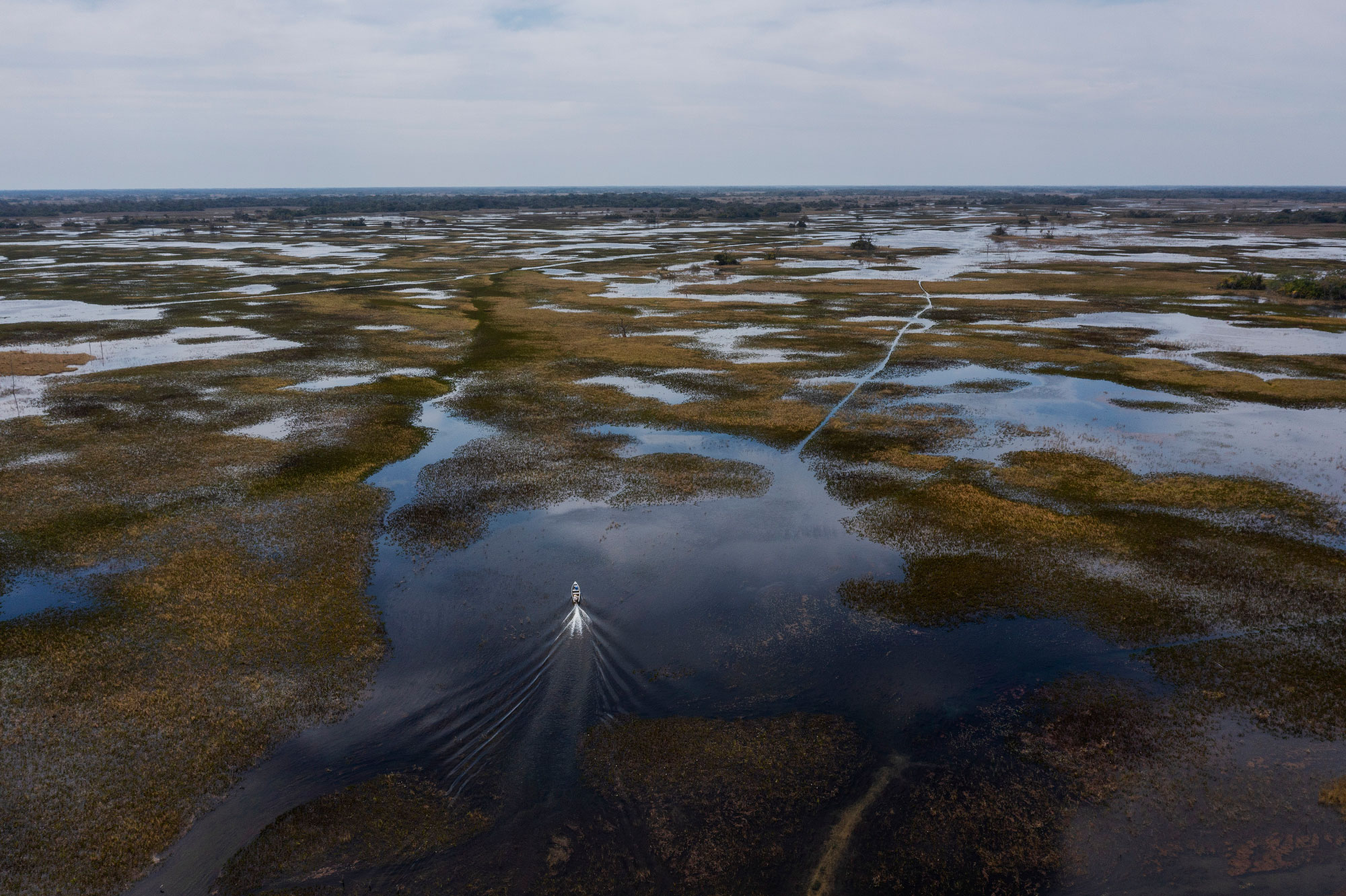
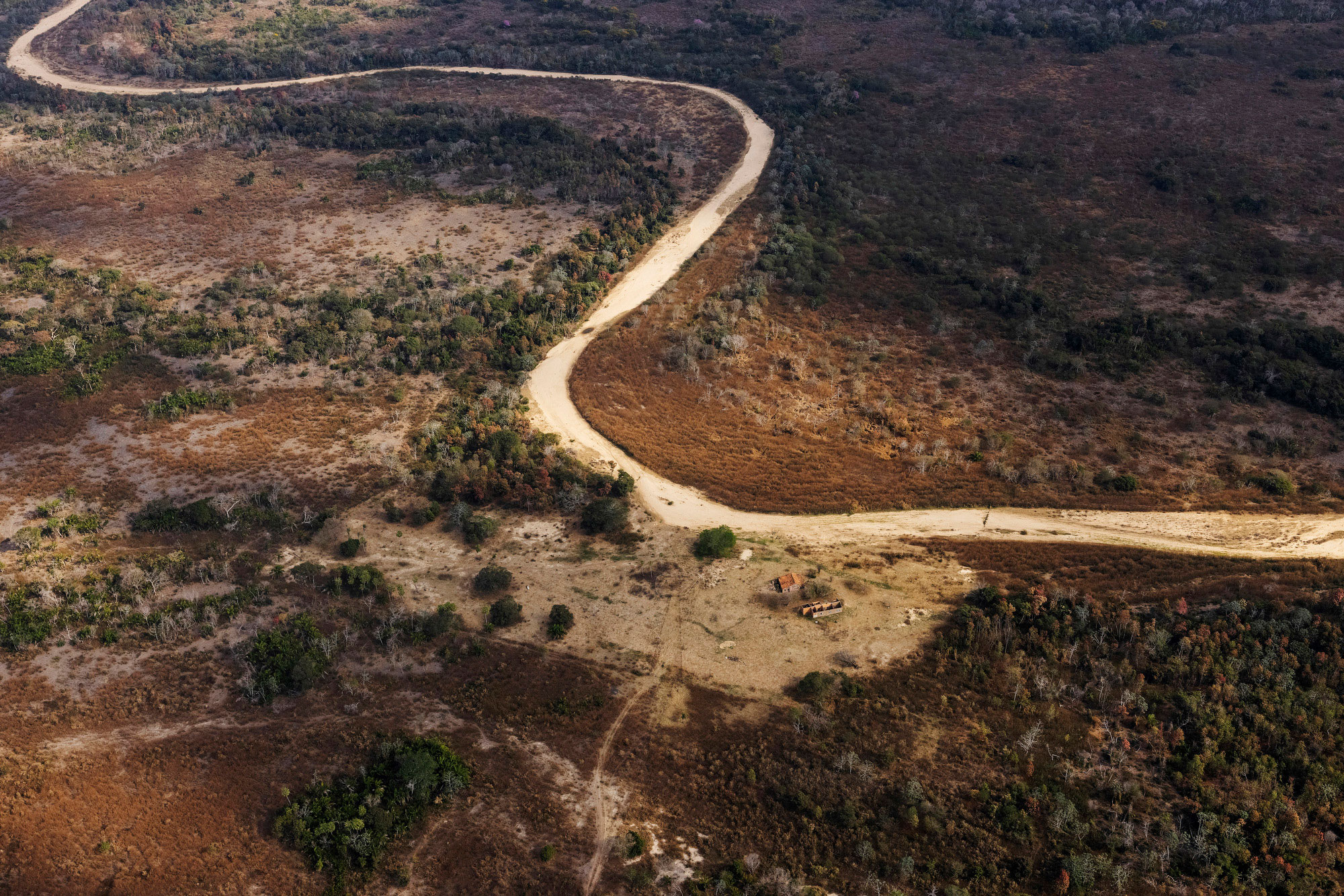
Videos
